Cold War Modernist
American Diplomacy
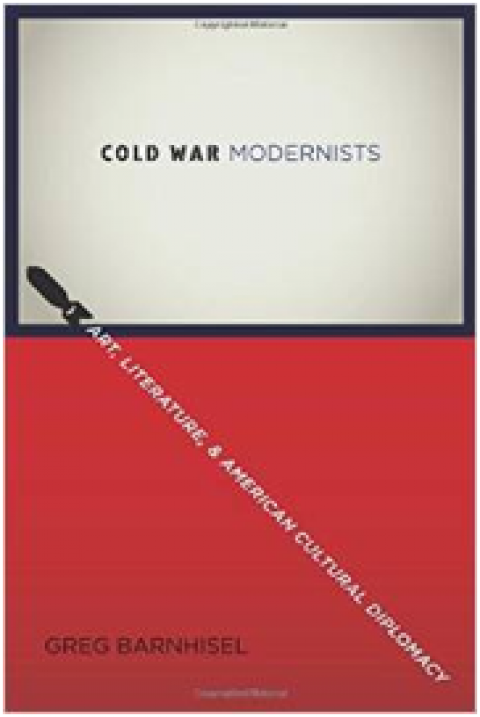
Scholars are producing increasingly detailed accounts of how the U.S. government utilized artists and culture in the Cold War anti-Communist crusade. According to former diplomat John H. Brown, this new study, by Greg Barnhisel, shows that an important factor in making modernism work for U.S. Cold War interests involved "defanging modernism of its radicalism and turning it into an international vehicle for whitebread all-American convictions."

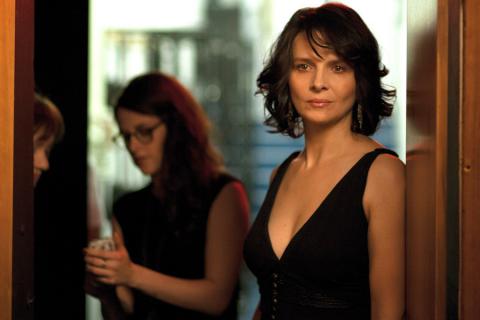
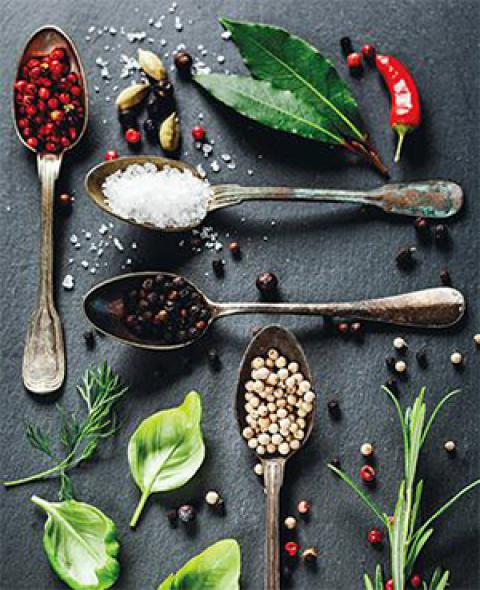
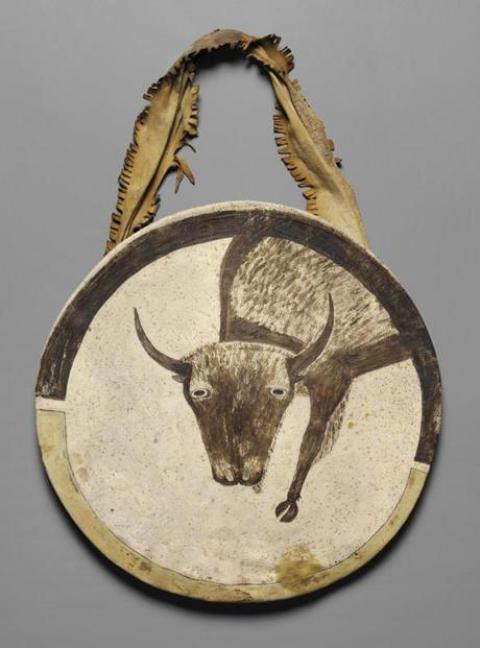
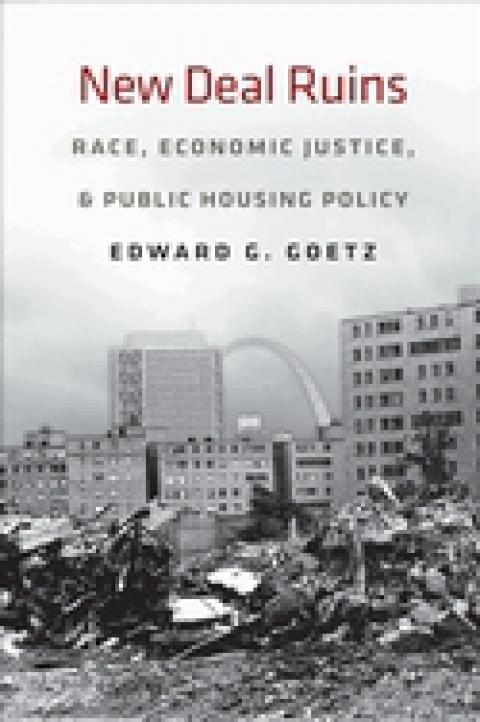
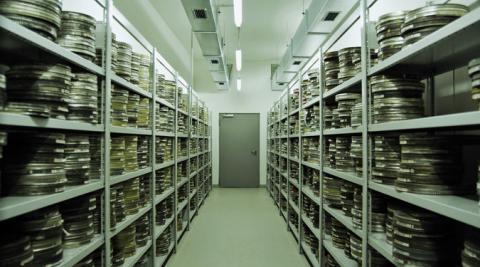
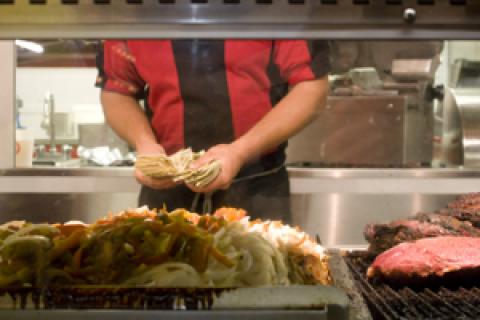
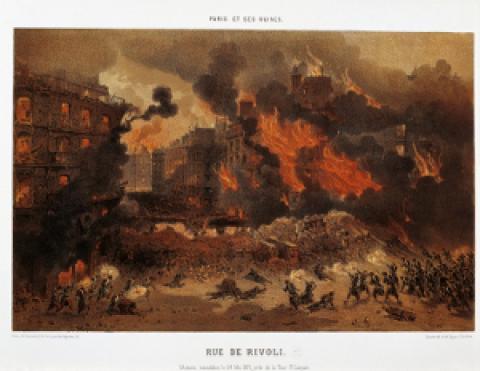
Spread the word